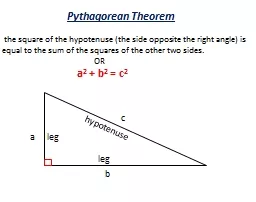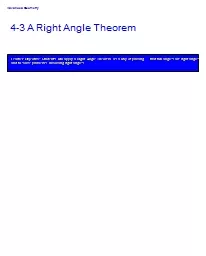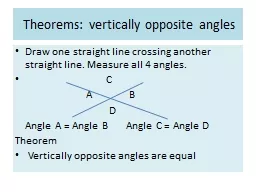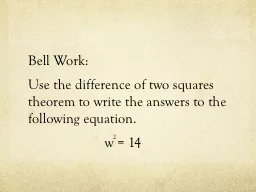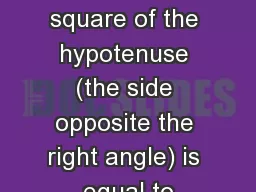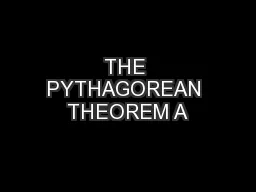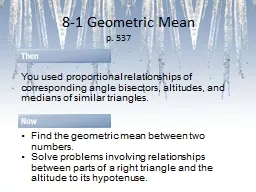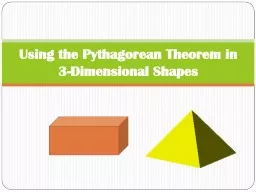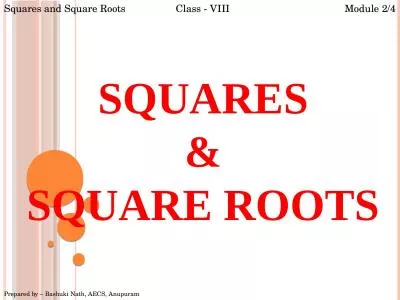PPT-Pythagorean Theorem the square of the hypotenuse (the side opposite the right angle)
Author : helene | Published Date : 2021-12-08
OR a 2 b 2 c 2 c a b leg leg hypotenuse Pythagorean Triples A set of nonzero whole numbers a b and c that satisfy the equation a 2 b 2 c 2 Here are some
Presentation Embed Code
Download Presentation
Download Presentation The PPT/PDF document "Pythagorean Theorem the square of the ..." is the property of its rightful owner. Permission is granted to download and print the materials on this website for personal, non-commercial use only, and to display it on your personal computer provided you do not modify the materials and that you retain all copyright notices contained in the materials. By downloading content from our website, you accept the terms of this agreement.
Pythagorean Theorem the square of the hypotenuse (the side opposite the right angle): Transcript
Download Rules Of Document
"Pythagorean Theorem the square of the hypotenuse (the side opposite the right angle)"The content belongs to its owner. You may download and print it for personal use, without modification, and keep all copyright notices. By downloading, you agree to these terms.
Related Documents

